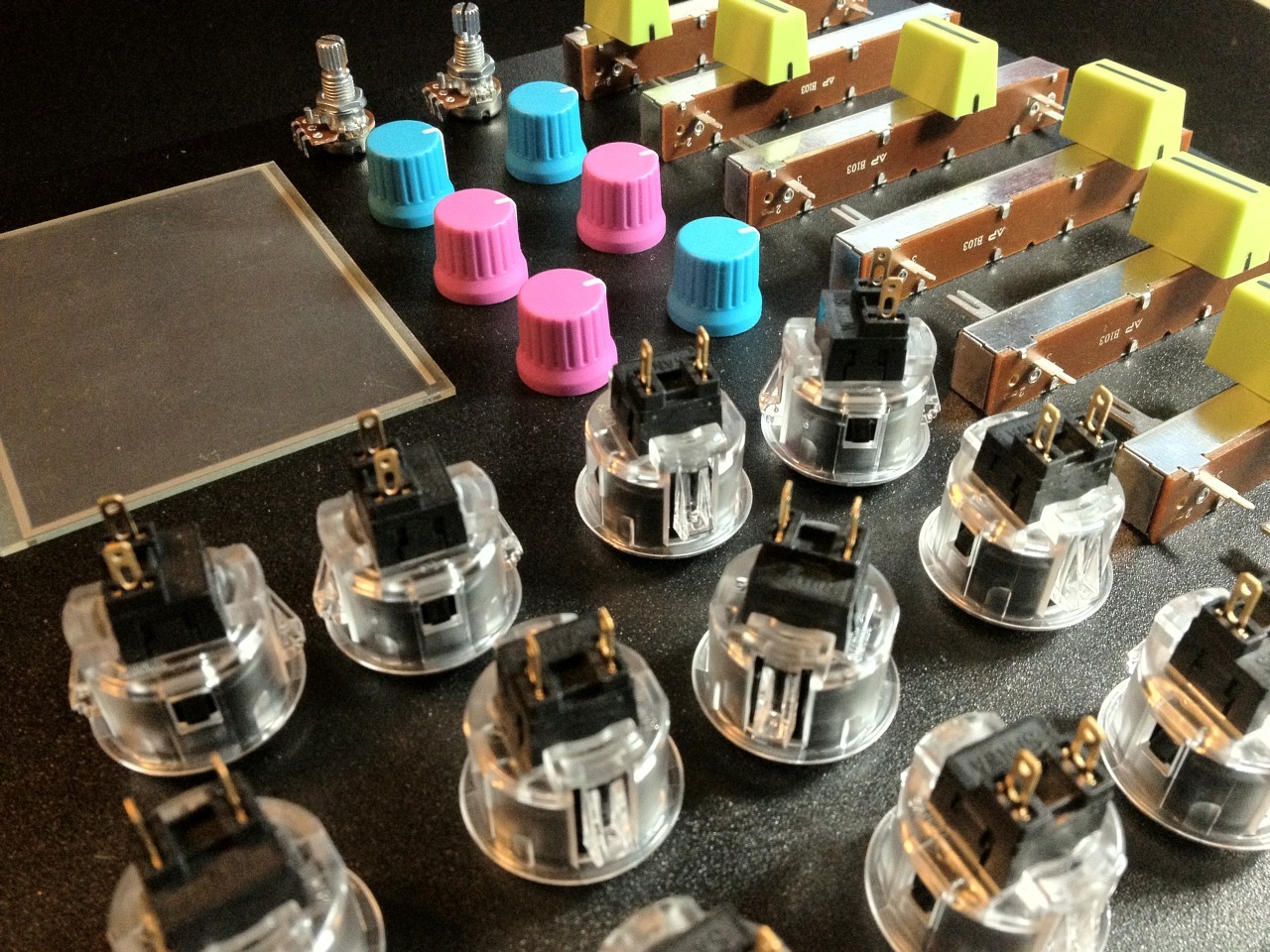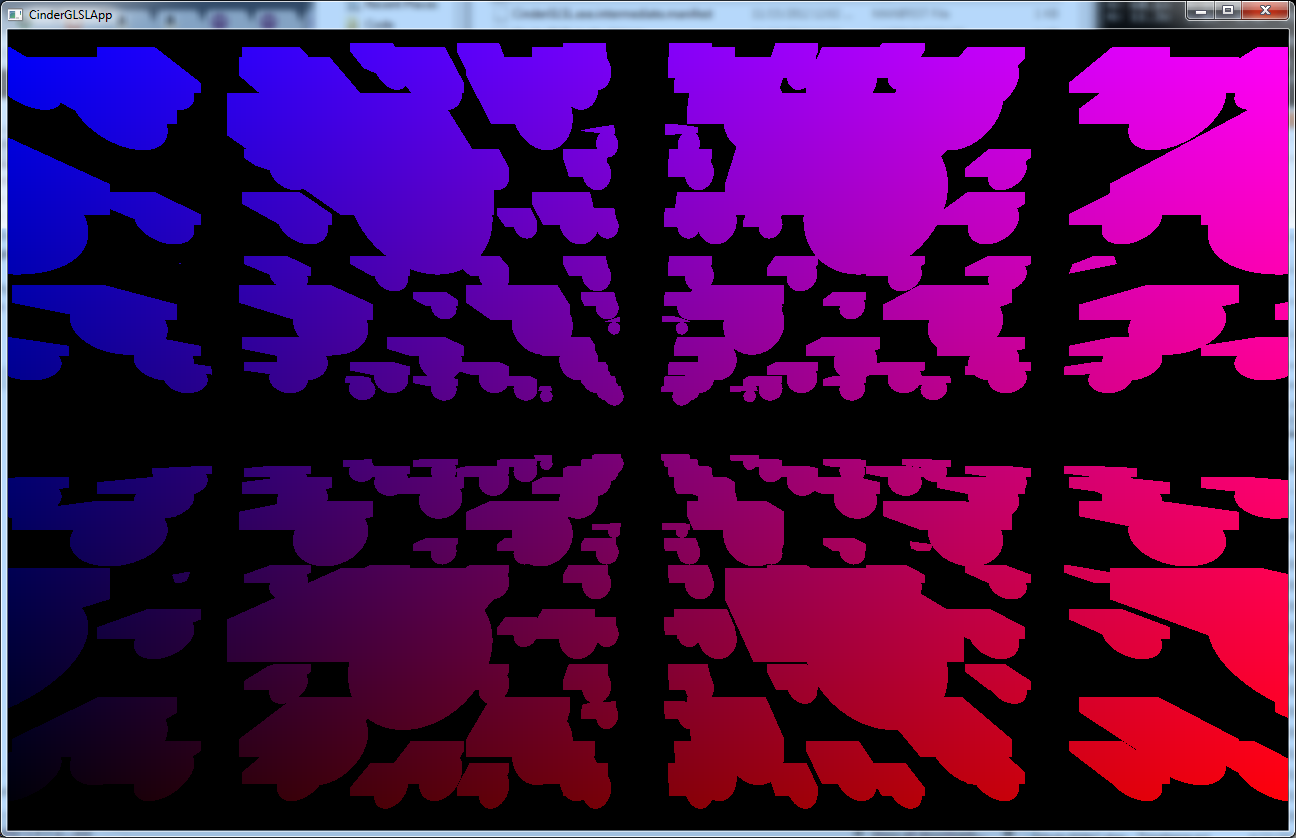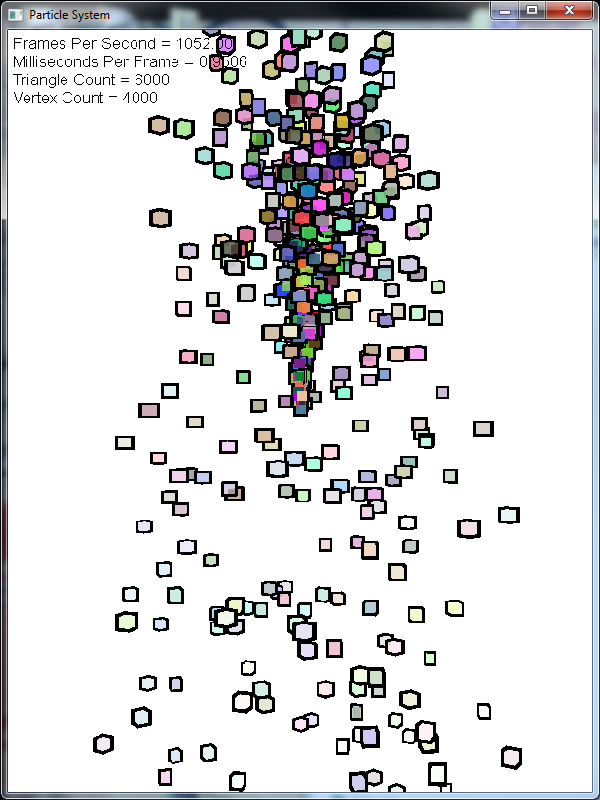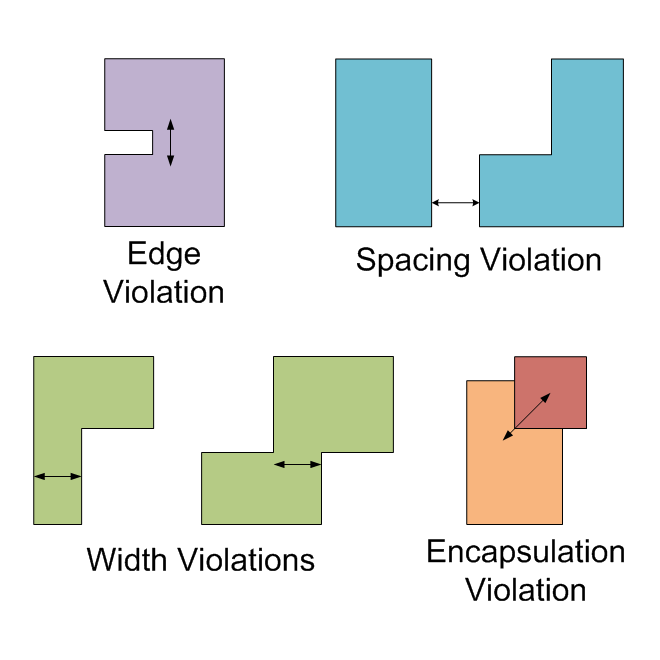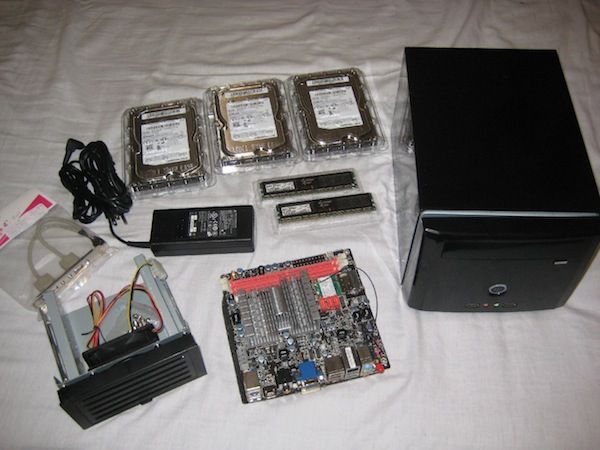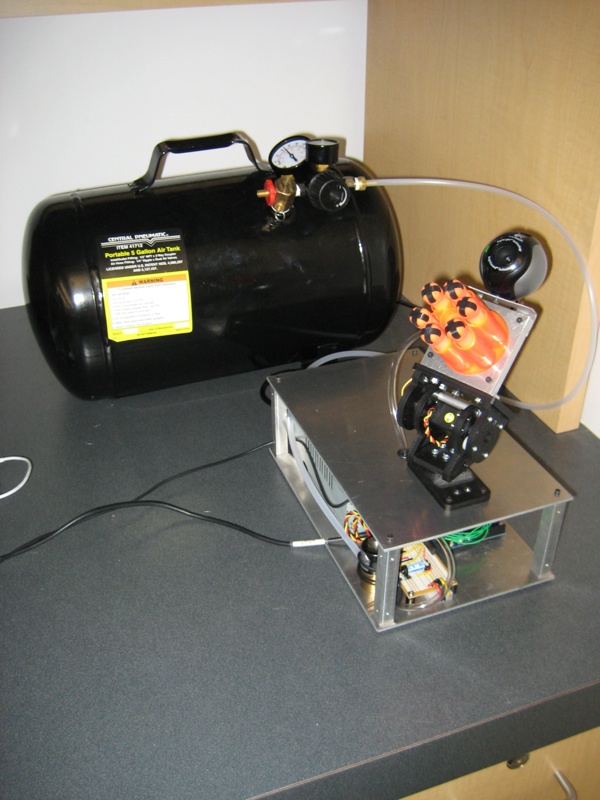When evolving my rough particle system into a (very targeted) game engine, I started to learn why object oriented design has gone out of favor for many game engines. From a design standpoint, the particle system was a learning project where I tried to leverage C++ inheritance as much as I could. For the game engine, I attempted to model my game objects using an inheritance structure as well. I felt that in the real world, nearly everything falls into some sort of classification, often with distinct parent-child relationships. However, as I began adding game specific objects to my engine, I realized that not only is it prohibitively difficult to try to model the real world (the way I felt it should be modeled) due to the sheer volume and complexity, but game objects are simply an approximation of real world occurrences, and as such they tend to “cheat” to achieve a certain effect. Objects in a game can choose to be invisible, or defy the laws of physics. This basically breaks whatever elegant classification structure I had planned. Luckily, this can be addressed by converting from an “is-a” model (where an Object “is a” physics-based object) to a “has-a” model, (where an object “has a” physics component). In this model, objects will contain pointers to optional collections of data and functionality.
[Read More]
